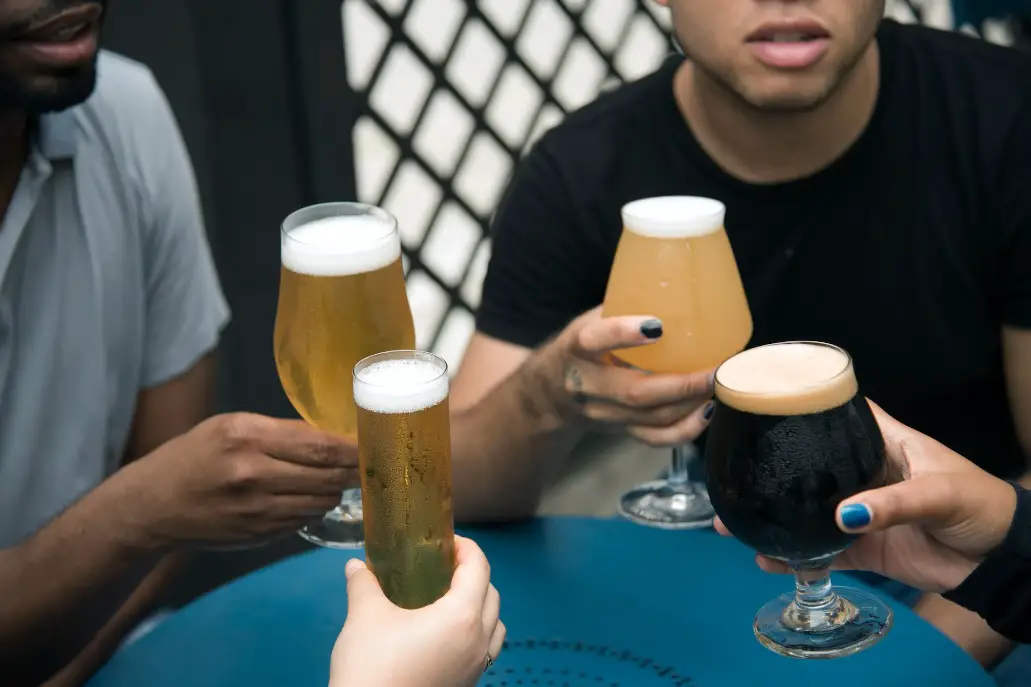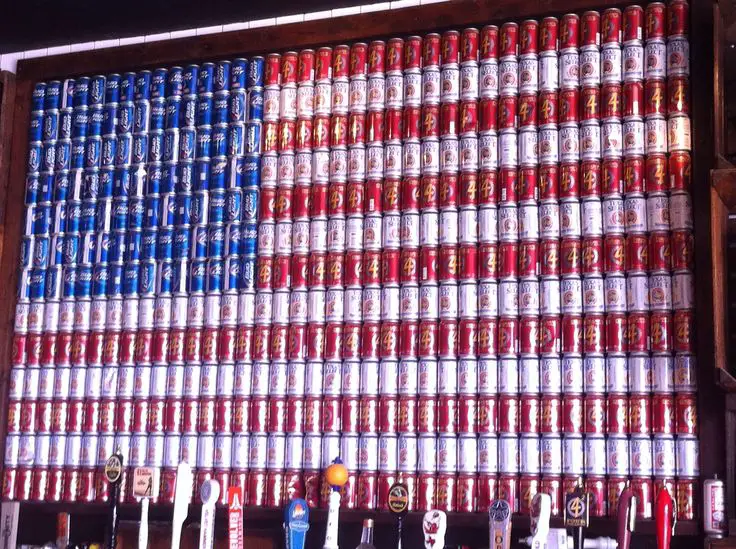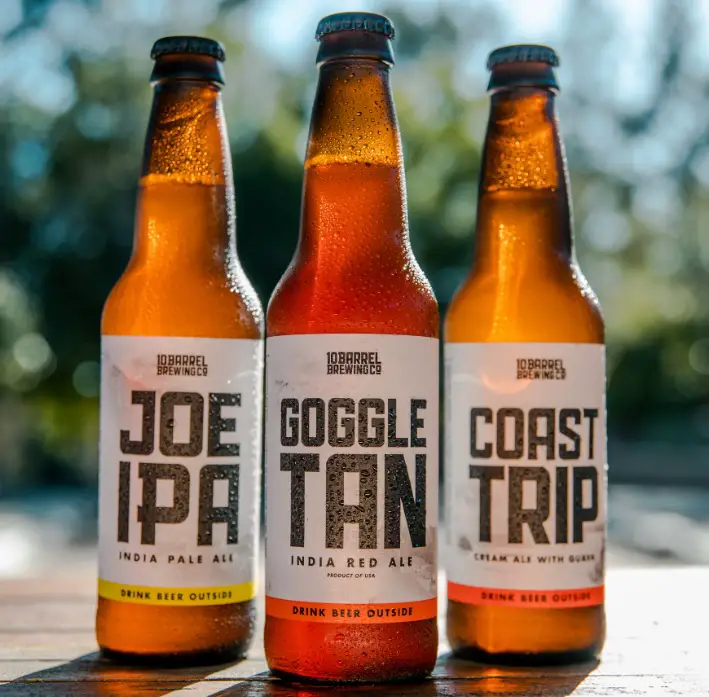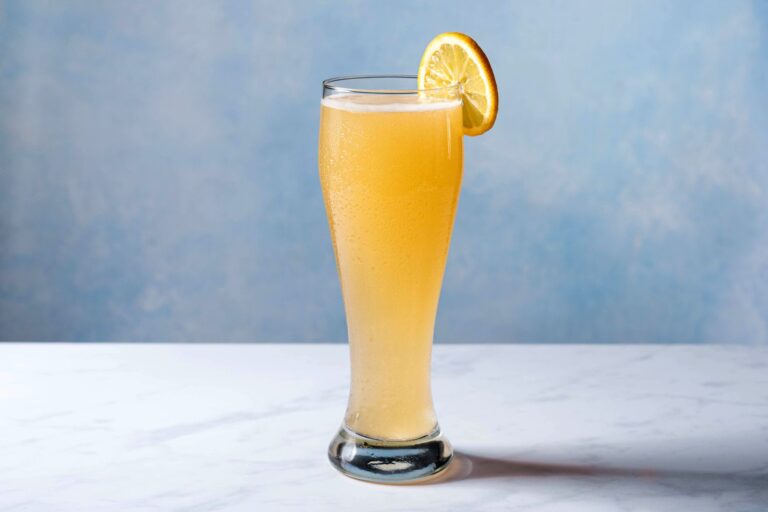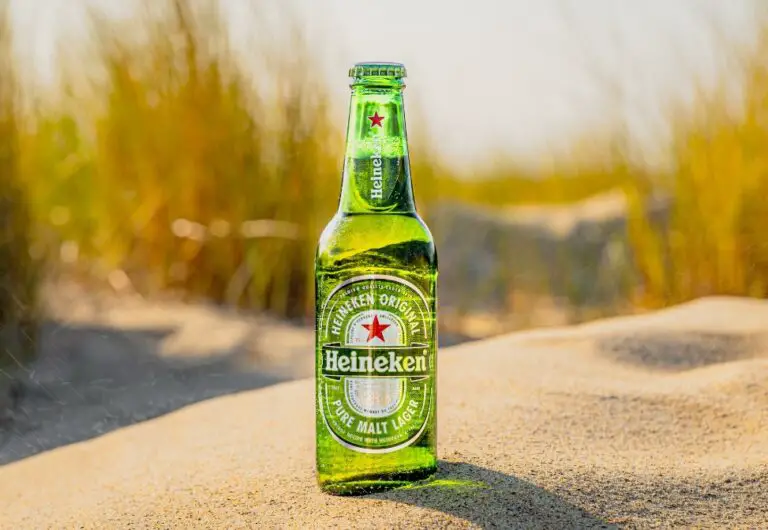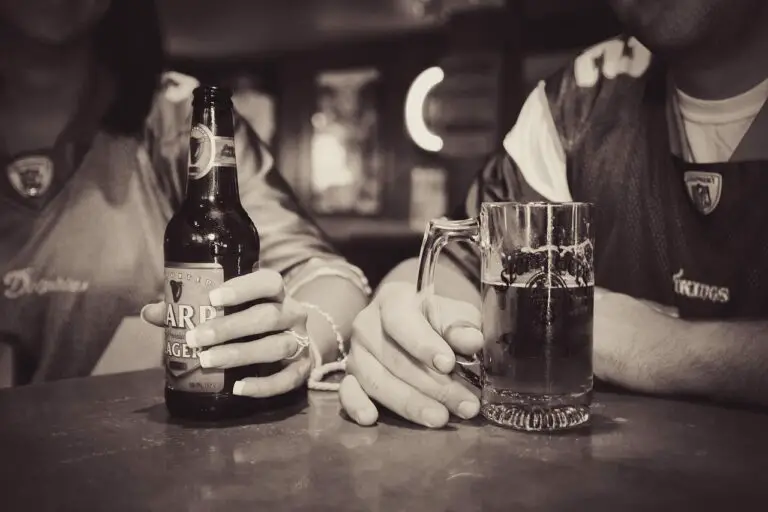Why Is Beer Getting Weaker?
You noticed, and we noticed it… yeah, beer is getting weaker. But why? Why is beer getting weaker?
Beer is going lighter because that’s what people are into these days! Folks are leaning towards beers with less alcohol, making it easier to have a good time without feeling the heavy buzz. It’s all about enjoying the flavor without going overboard.
Breweries are totally getting it – they’re trying out cool new ways to brew and using different ingredients to create tasty, lower-alcohol beers. So, it’s not just a trend; it’s a chill response to what people want in their drinks.
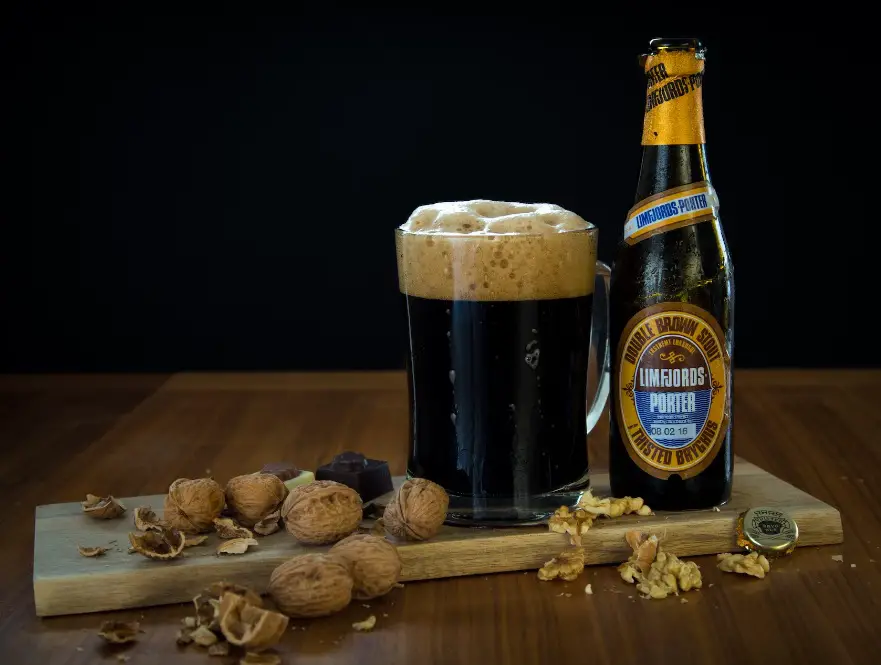
Beer Strength – Was it Really Stronger in the Past?
Back in the day, beer strength has seen quite the evolution. If we take a stroll down the historical ale trail, we’d find that beer was indeed heartier in the past. In medieval times, the average alcohol content of beer ranged from 5-8%, significantly higher than today’s standards.
Traditional brewing methods played a pivotal role in this potency, with brewers relying on techniques like open fermentation and natural carbonation. Take, for instance, the famed English barleywine – a strong ale that could pack a punch with alcohol levels reaching 10-12%. It wasn’t just the English; Belgian Trappist monks were crafting robust beers like Quadrupels with a formidable 10% or more alcohol content.
These traditional brews reflected a time when beer wasn’t just a beverage but a robust, sustaining part of the daily diet. As the centuries rolled on, consumer preferences and brewing practices shifted, leading to the lighter, more sessionable beers we enjoy today.
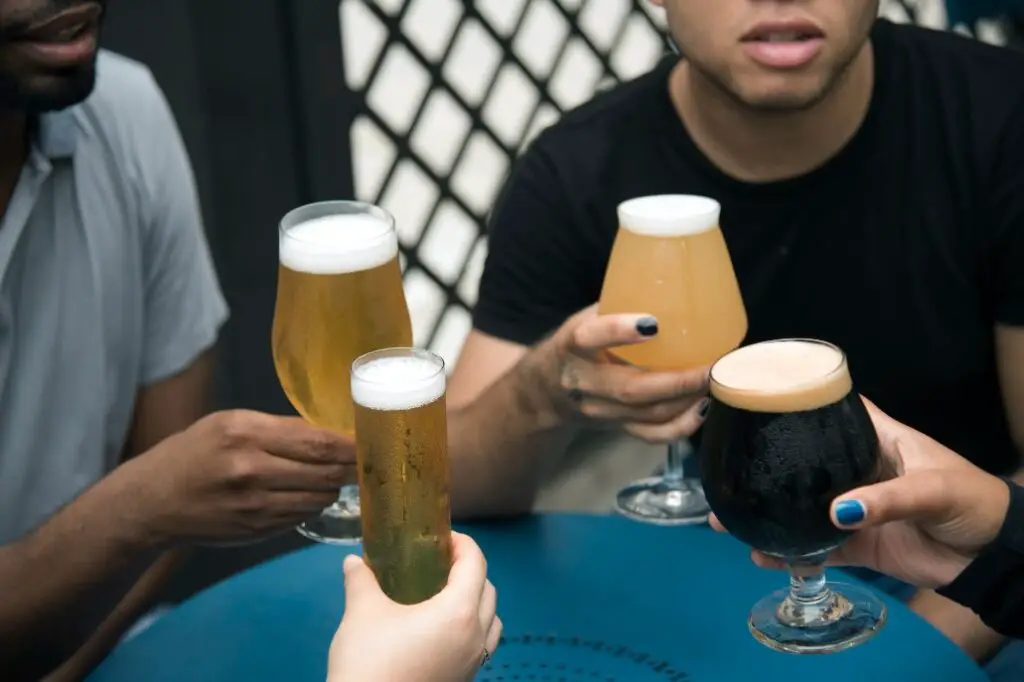
The Shift Towards Lighter Beers – What Is Happening?
The shift towards lighter beers reflects a broader societal transformation in which health-consciousness plays a pivotal role. Consumers today are increasingly mindful of their overall well-being, and this consciousness extends to their beverage choices. The desire for a healthier lifestyle, coupled with an awareness of the effects of alcohol consumption, has driven a significant demand for beers with lower alcohol content.
Lighter beers, often characterized by their lower alcohol by volume (ABV), are seen as a responsible and balanced choice for those looking to enjoy a drink without the pronounced intoxicating effects associated with stronger brews. This trend aligns with a cultural shift towards moderation and mindful consumption, where individuals seek to maintain a social and recreational drinking experience without the potential drawbacks of higher alcohol content.
Also, the rise of the sessionable beer trend has contributed to the popularity of lighter options. Session beers are designed for prolonged drinking sessions, allowing consumers to enjoy multiple servings without the risk of overindulgence. This trend is especially prevalent in social settings, where the emphasis is on the conviviality of shared moments rather than the potency of individual drinks.
Breweries, keenly attuned to these changing preferences, are responding by expanding their portfolios to include a variety of lighter options. Craft breweries, in particular, are embracing innovative brewing techniques and experimenting with ingredients to craft flavorful, lower-alcohol beers that cater to the evolving tastes of today’s health-conscious consumers.
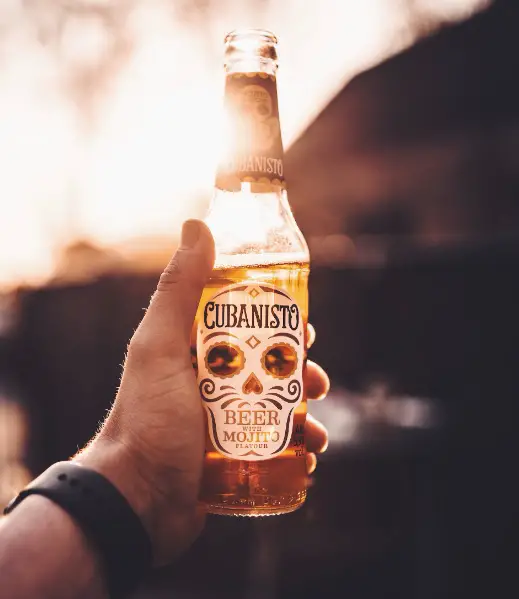
How is the Beer Market Responding?
The market is witnessing a surge in demand for beverages that offer a more moderate alcohol content, and breweries are responding with innovative approaches.
Breweries are leveraging cutting-edge brewing technology to produce lighter beers without compromising on flavor. Techniques like centrifugation, advanced filtration, and controlled fermentation processes allow for precise control over alcohol levels. This not only caters to the demand for lower ABV (alcohol by volume) but also ensures a consistent and high-quality product.
Simultaneously, the craft of brewing has entered an era of experimentation, with brewers exploring alternative ingredients to achieve unique flavors in lighter beers. Ingredients like exotic hops, fruit infusions, and non-traditional grains contribute to a diverse array of tastes while keeping the alcohol content at a more moderate level. These innovations not only expand the variety of options available to consumers but also challenge traditional notions of what a ‘light beer’ can be.
From session IPAs to fruit-infused sours, the market is witnessing a proliferation of lighter beer styles that cater to diverse palates. Craft breweries, in particular, are at the forefront of this trend, pushing the boundaries of creativity and flavor while keeping alcohol content in check.
What’s more, the rise of health-conscious consumer preferences is driving breweries to explore ingredients that contribute not only to flavor but also to perceived health benefits. From functional additives like electrolytes to the use of ancient grains, breweries are aligning their offerings with evolving consumer expectations.
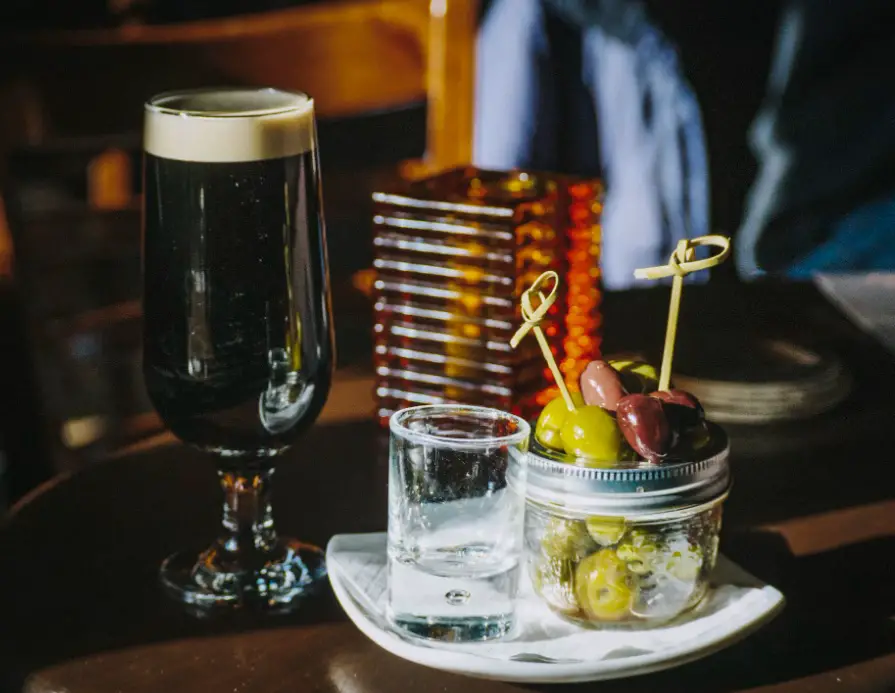
Social and Cultural Aspects of Drinking Light Beer
The cultural and social dimensions of beer consumption are undergoing significant shifts, influencing the growing preference for lighter beers. These changes are not only reflective of evolving individual choices but are also deeply intertwined with broader societal trends.
Culturally, there’s a noticeable departure from the once-prevailing notion that robust, high-alcohol beers symbolize strength and authenticity. Instead, a more nuanced appreciation for the diverse spectrum of beer styles has emerged. This shift is partly driven by the craft beer movement, which celebrates experimentation and variety, encouraging consumers to explore lighter options that boast unique flavors and characteristics.
Socially, the rise of a more health-conscious and wellness-oriented lifestyle is a key driver behind the increasing popularity of lighter beers. As individuals become more mindful of their dietary choices and overall well-being, there’s a natural inclination towards beverages that offer a balanced and enjoyable drinking experience without the potential consequences of higher alcohol content.
Weaker beer consumption is also influenced by changing social dynamics. In a society increasingly focused on inclusivity and shared experiences, lighter beers offer a common ground for diverse groups of individuals. These beverages align with the social trend of extended and convivial drinking sessions, where the emphasis is on fostering connections and creating memorable moments without the overshadowing effects of higher alcohol content.
Additionally, the lighter beer movement is breaking down traditional stereotypes associated with beer drinking. It’s no longer solely about the quantity consumed but rather the quality of the experience. This cultural shift encourages responsible drinking and places a premium on enjoying beer as a flavorful accompaniment to social interactions rather than a means to achieve intoxication.
Wrapping It Up
As health-consciousness gains prominence, and social experiences become more diverse and inclusive, people are gravitating towards beers that offer a flavorful experience without the heaviness of higher alcohol content. Breweries, in turn, are embracing innovation in brewing technology and exploring alternative ingredients to cater to this demand. The rise of lighter beers is not just a passing trend; it’s a reflection of a modern era where quality, balance, and responsible enjoyment take center stage in the beer-drinking experience.

I am a young architect with a passion that goes beyond blueprints… it’s beer! undertherosebrewing.com is more than just a blog, it’s a manifestation of my lifelong dream to explore, read, and learn everything about beer. Join the blog on this unfiltered and genuine adventure into the heart of beer culture. Cheers!

